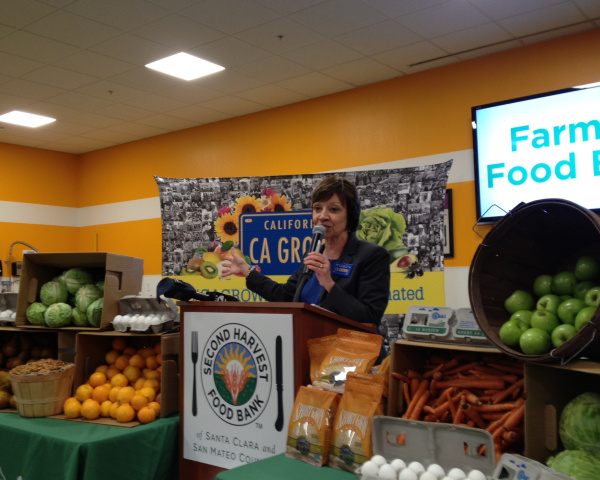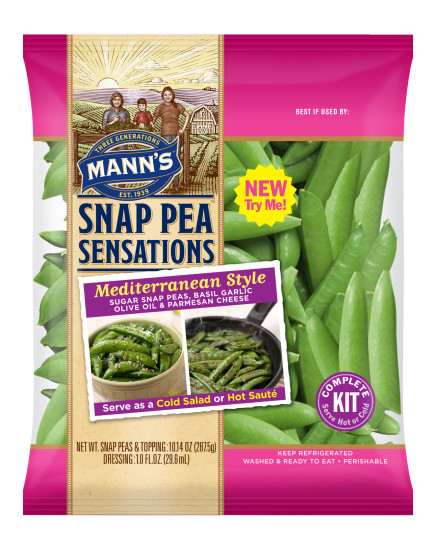New Program Seeks Growers to Help Curb Declining Bee Population
The U.S. Bee Buffer Project, a Pollinator Partnership initiative, is seeking 300 farmers, ranchers and foresters in California to set aside small plots of land as bee buffer zones. The soon-to-be-established honey bee forage supports pollination-reliant crops, which represent one-third of the food we eat.
“Honey bees play an integral role in the success of American agriculture,” says Laurie Adams, executive director for the Pollinator Partnership. “By fostering the health and growth of bee colonies, farmers are helping to enrich their crops and, ultimately, improve their bottom line.”
Why Bees? Why Now?
Honey bees are valuable to the nation’s crops and economics, contributing approximately $15 billion to the U.S. economy each year. Still, U.S. bees are having trouble finding food to store for winter months; 2012-2013 winter losses totaled more than 30 percent of honey bee colonies nationwide.
Specific to California’s economy agribusiness community, the state’s high-value crops requiring extensive pollination include:
- Almonds – annual state crop value $4,347M
- Berries – annual state crop value $2,122M
- Avocados – annual state crop value $386M
Bee buffer zones between areas of pesticide application and sensitive species, sensitive habitats, water, and potential nectar sources, help to offset bee loss while improving the health of crops and orchards within four miles.
“We are excited to work with California farmers to improve bee habitat across the state, says Bill Lewis, president of the California State Beekeepers Association and U.S. Bee Buffer beekeeper partner. “This initiative is vital to encouraging a healthy pollinator habitat that results in a vibrant and diverse forage base for bee pollinators throughout the state, which is critically important to sustaining healthy bee colonies.”
Land owners in California willing to dedicate and maintain .25 to 3 acres – collectively impacting 6,000 acres – for an official bee buffer zone, can apply for the U.S. Bee Buffer Project. Those selected will receive free flower seed kits to plant in their buffers.
To learn more, reference the U.S. Bee Buffer Frequently Asked Questions. To review the eligibility requirements and complete participant application, visit http://beebuffer.com/.
The U.S. Bee Buffer Project is sponsored in part by Burt’s Bees®– through its non-profit organization The Greater Good Foundation – formed to help create 10,000 acres of healthy pollinator forage in the United States by 2020.
About the Pollinator Partnership
The Pollinator Partnership is a non-profit 501©3 organization—the largest organization in the world dedicated exclusively to the protection and promotion of pollinators and their ecosystems. Birds, bats, bees, butterflies, beetles, and other small mammals that pollinate plants are responsible for bringing us one out of every three bites of food. They also sustain our ecosystems and produce our natural resources by helping plants reproduce. Without the actions of pollinators agricultural economies, our food supply, and surrounding landscapes would collapse.





















